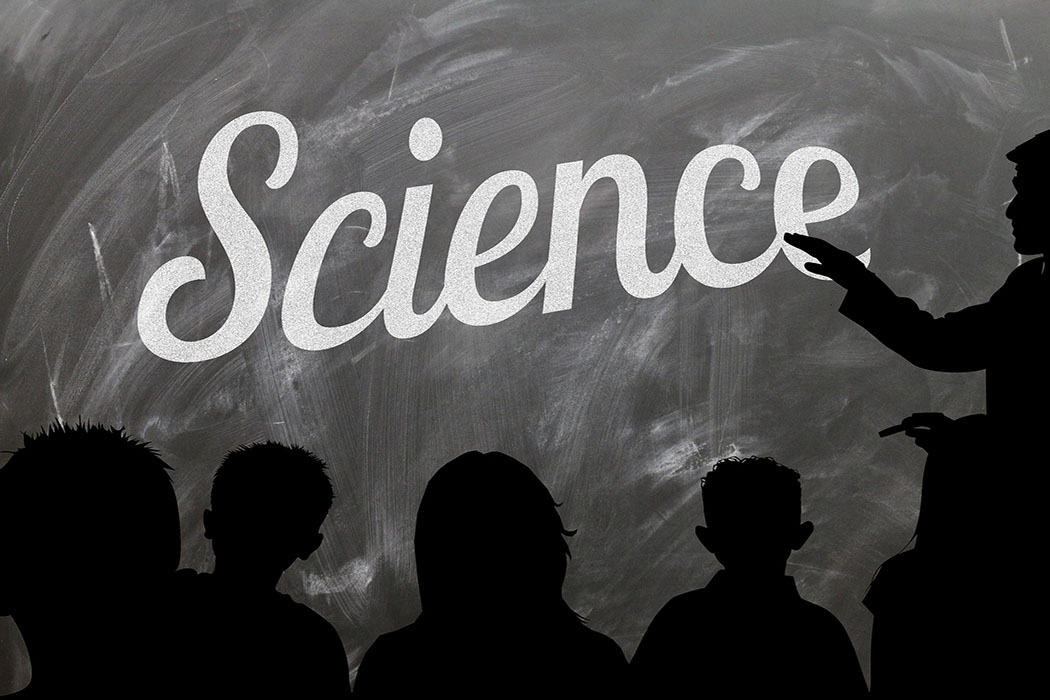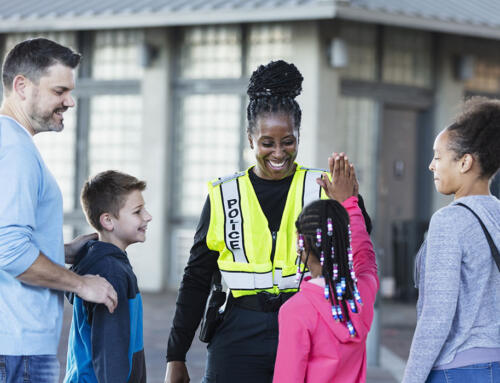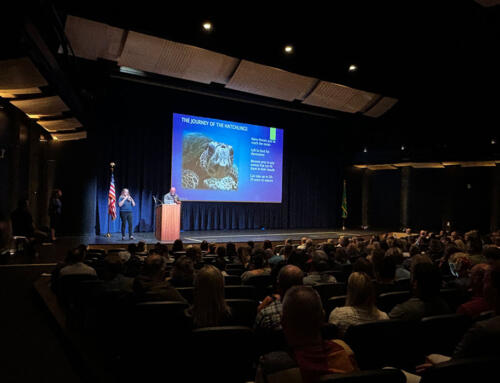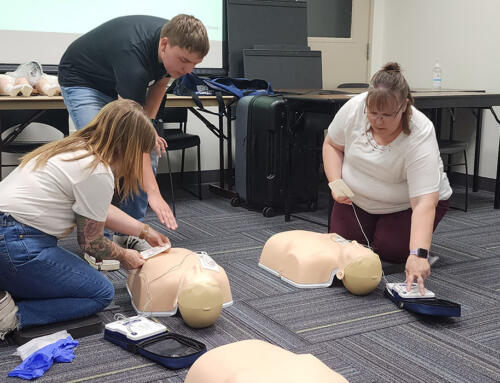The science classroom is safer when teachers and students are aware of the potential hazards and take necessary and appropriate safety precautions. Teachers and teacher aides should lead by example and wear personal protective equipment, follow and enforce safety rules, procedures, and practices, and demonstrate safety behavior and promote a culture of safety.
Review your school science safety procedures and consider the following:
- Conduct regular inspections of safety and first aid equipment.
- Stay up-to-date on current science best practices and approved chemicals.
- Inventory all chemicals and store them properly. Update the chemical inventory at least annually. Do not store chemicals on the lab bench, the floor, or in the laboratory chemical hood.
- Ensure chemicals not in use are stored in a locked facility with limited access.
- Label all secondary containers properly.
- Establish a chemical disposal program and engage the use of a vendor for appropriate disposal and necessary documentation.
- Maintain current Safety Data Sheets (SDSs) and know how to read them (new regulations mean new documents will be provided by manufacturers and will now be known as Safety Data Sheets).
- Know the location of and how to use the cut-off switches and valves for the water, gas, and electricity in the laboratory.
- Know the location of and how to use all safety and emergency equipment (i.e. safety shower, eyewash, first aid kit, fire blanket, fire extinguishers and spill kits).
- Provide safety equipment appropriate for each experiment. Make sure students are wearing the appropriate personal protective equipment. Plan for the proper maintenance of personal safety equipment (e.g. goggles shared by students must be sanitized between uses).
- Identify safety procedures to follow in the event of an emergency/accident. Provide students with verbal and written safety procedures to follow in the event of an emergency/accident.
- Make sure your fume hoods and the emergency shower and eyewash operate correctly.
- Practice the experiment prior to class demonstrations.
- Educate students on the location and use of all safety and emergency equipment prior to laboratory activity.
- Instruct students on all laboratory procedures that will be conducted.
- Document all safety instruction in the classroom, including topics and dates. Keep student safety agreements and safety tests.
- Never leave students unsupervised in the laboratory.
- Never allow unauthorized visitors to enter the laboratory.
- Never allow students to take chemicals out of the laboratory.
- Institute a “green chemistry” program into your school that uses smaller quantities and less hazardous chemicals.
A science program presents certain potential hazards. With careful planning, most hazards can be avoided. It is essential for all involved in the science instruction program to develop a positive approach to a safe and healthful environment in the laboratory. Safety and the enforcement of safety regulations and laws in the science classroom and laboratory are the responsibility of the principal, teacher, and student, with each assuming his/her own share. Safety and health should be an integral part of the planning, preparation, and implementation of any science program.




